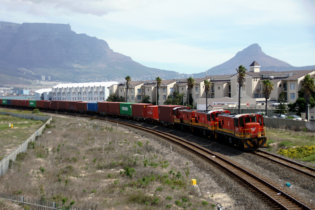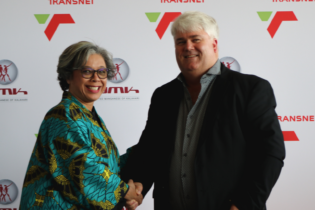Siyabonga Gama, Transnet’s CEO, speaking at the FACE2FACE 3S MEDIA interactive Forum on the 19 April 2012 said that the total South African transport demand over the next 30 years was forecast to grow to 2 000 Mt p. a. This was based on the following appraisal:
Commodity Drivers• Coal Driven by ESKOM’s consumption and migration from road to rail for power stations
Sustained strong demand for SA coal with the emergence of China and India as net importers of thermal coal
• Iron Ore Domestic and regional consumption of steel fuelling demand for iron-ore & new iron ore export project from Thabazimbi to Richards Bay / Maputo
• Manganese SA’s share of world output set to grow with expansion projects planned by both traditional miners and junior miners
• Containers Rail container volumes to increase in line with Freight Rail’s objective of increasing market share along key intermodal routes such as the NATCOR
• Cement Volumes to increase in line with SA’s GDP growth (4% on average). Freight Rail is also targeting rail-friendly volumes in this sector
• Magnetite Demand mainly from China remains strong – driven by increased steel production. Export growth indicates modest increase and domestic consumption is set to grow once local beneficiation projects are started
• Grain, Maize, Wheat & Foodstuffs Domestic harvests approx. 10mtpa – 14mtpa. Demand represents TFR’s increased share of total market demand as more traffic is shifted from road to rail
• Petroleum Liquids/Products Demand projections indicate increased volumes by rail in support of the NMPP and increased over border demand from Botswana and Mozambique Commenting further, he said that rail should be the backbone for long distance (>250 km) heavy load freight volumes. There would be many advantages of moving freight off road and onto rail. These include:
• A reduction of heavy trucks on our roads
• Overall transport and logistics costs will be reduced
• Cost of externalities i.e. road damage, road accidents, road congestion, noise pollution, carbon emissions etc will be reduced
• The impact of rising fuel prices would be minimised







